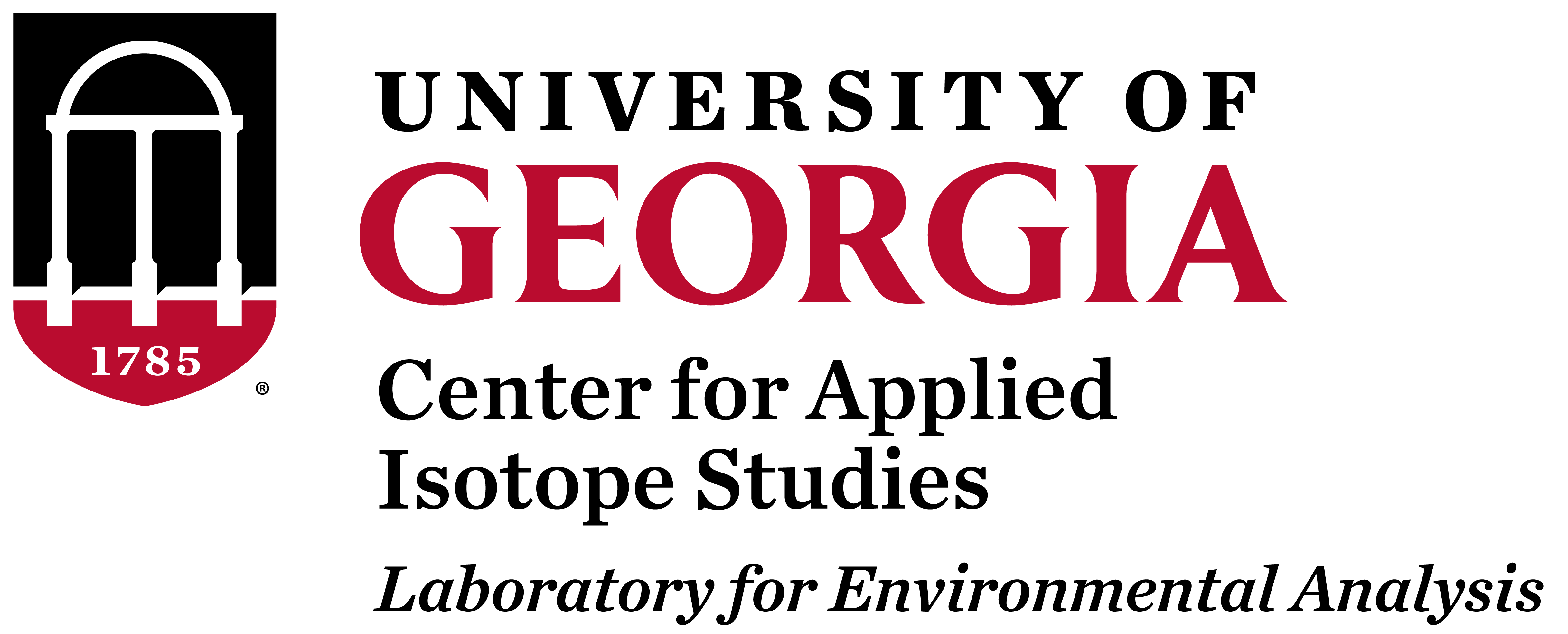Samples
Types and Preparation
Liquid and solid samples may be submitted for analysis. Liquids such a stream or pore waters, soil or tissue extracts, or digestates can be directly analyzed on most instruments. Sample volumes required are typically low–10 mL is sufficient for most analyses, although if available, 100 + mL samples are preferred. Very small volumes (< 1 mL) can be accommodated for many analyses. Please contact us for details. If submitted samples contain appreciable suspended solids, they must be filtered or digested prior to analyses (see fee page for costs of these services).
For some analyses (i.e. carbon, nitrogen, sulfur analysis), solid samples can be analyzed directly. For most others, solids must be digested or extracted to a liquid form. A wide range of solid sample preparation techniques are used for various types of samples and analytes, and we can accommodate most of those in common use. For most analyses, 5 or 10 g of material is sufficient. Characterization work such as particle size and mineralogy requires at least 100 g of material.
Most solid samples need to be dried in order to correct for moisture content and ground to help subsampling before most analysis. You can prepare many samples prior to submission to avoid this fee.
Extraction Methods
Inorganic Analysis (metals)
For soils, sediments, rocks and plant tissue, a boiling nitric acid digest is often used to extract metals (EPA method 3050A). This involves digestion of the sample in concentrated nitric acid on a hot plate, followed by hydrogen peroxide to further oxidize organics and solubilize metals. This works well for highly organic samples (e.g., plant tissue) but does not work as well for soils and rock material. A microwave digestion system is available which can be used for more resistant materials, improving digestion efficiency. For analyses requiring silicon, aluminum, and/or more complete digestion of silicious materials, an HF (hydrofluoric acid) digest is available. Either pressurized Teflon bombs at 160 C or microwave digestion techniques are available. Essentially total dissolution of the sample is affected with HF-based methods.
Custom types of extractions are available for specific applications. Weak-acid extracts or complexing agents can be used to extract a variety of inorganic contaminants or nutrient elements from samples. Contact us for details.
Organic Analysis
Organic compounds are traditionally extracted from solids using solvent extraction combined with heating (Soxhlet refluxing) or using ultrasonic energy to enhance partitioning of the compound into the solvent phase. For volatile compounds, direct vaporization using purge-and-trap methodology is also an option and has many advantages for many compounds compared to solvent-based methods. Both ultrasonic extraction and purge-and-trap are available. Contact us to discuss which method is best suited for your project.
Soil Characterization Analysis
For identification of mineral components in soils, it is often of most interest to focus on the colloid (<2 micron) fraction rather than the whole soil. X-ray diffraction and surface area analyses are much more informative on a 2 micron sample than on whole soils. We can separate the colloid fraction prior to analysis or discuss the advantages of different approaches.
How to Submit Samples
You can visit us anytime to drop off your samples, or they can be mailed. Please contact us prior to shipment.
